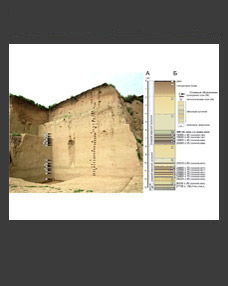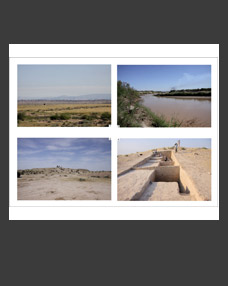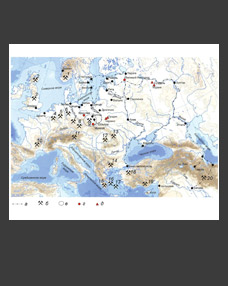Thomas J. Connolly*, James P. Barker**
* University of Oregon Museum of Natural and Cultural History, Eugene, USA (connolly@uoregon.edu)** University of Nevada, Reno, USA (barkerj@unr.edu)
Keywords: woven sandals, Great Basin region of North America, early Holocene, late Holocene, stylistic and technological continuity.
Ancient footwear made of woven plant fibers has been commonly preserved in dry caves within the Great Basin of western North America. A program of directly dating fibers from woven sandals is now providing clarity regarding the ages of distinctive sandal styles. Fort Rock-style sandals continue to be the oldest known type and dating from more than 10,000 years ago (cal. BP) to no later than 9100 years ago. Other types, known as Multiple Warp and Spiral Weft types, date from as early as about 9400 years ago. The temporal overlap in these sandal types (ca. 9400–9100 BP) is relatively abrupt, at a time when other notable cultural changes occur in the region. From this transition, both Multiple Warp and Spiral Weft sandals exhibit comparable age and longevity distributions, persisting into Late Holocene times, but with significant middle Holocene gaps in the current suite of radiocarbon ages. The persistence of these two sandal types reflects a strong stylistic and technological continuity lasting for more than 9000 years. This longevity is matched in other basketry traditions in the region, notably the distinctive “Catlow Twine” basketry which persists in the traditions of the historic Klamath and Modoc Indians.







